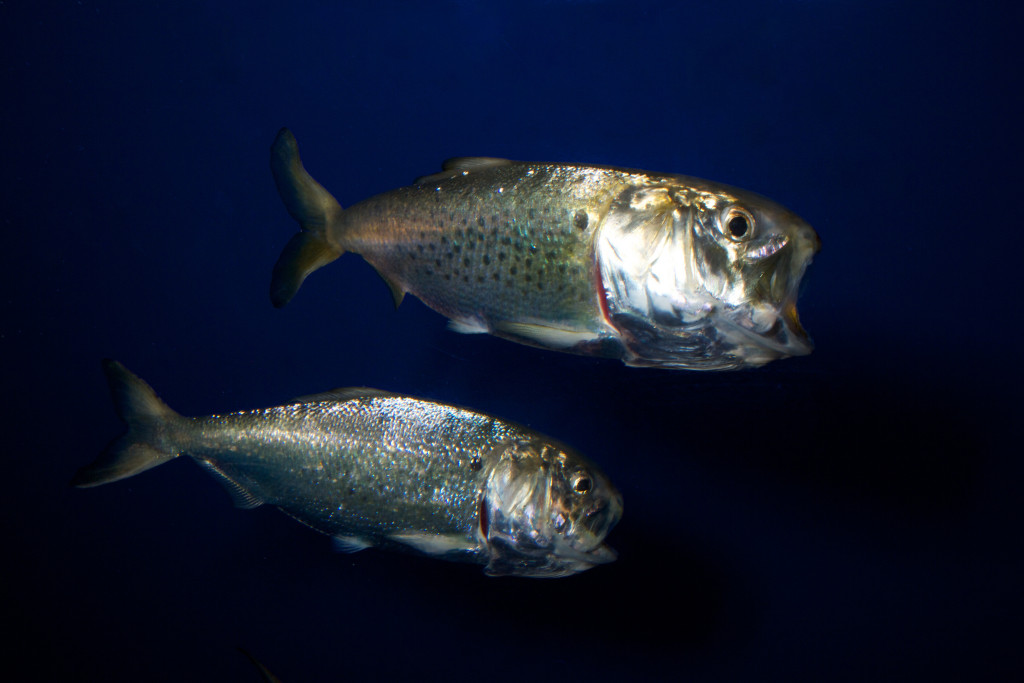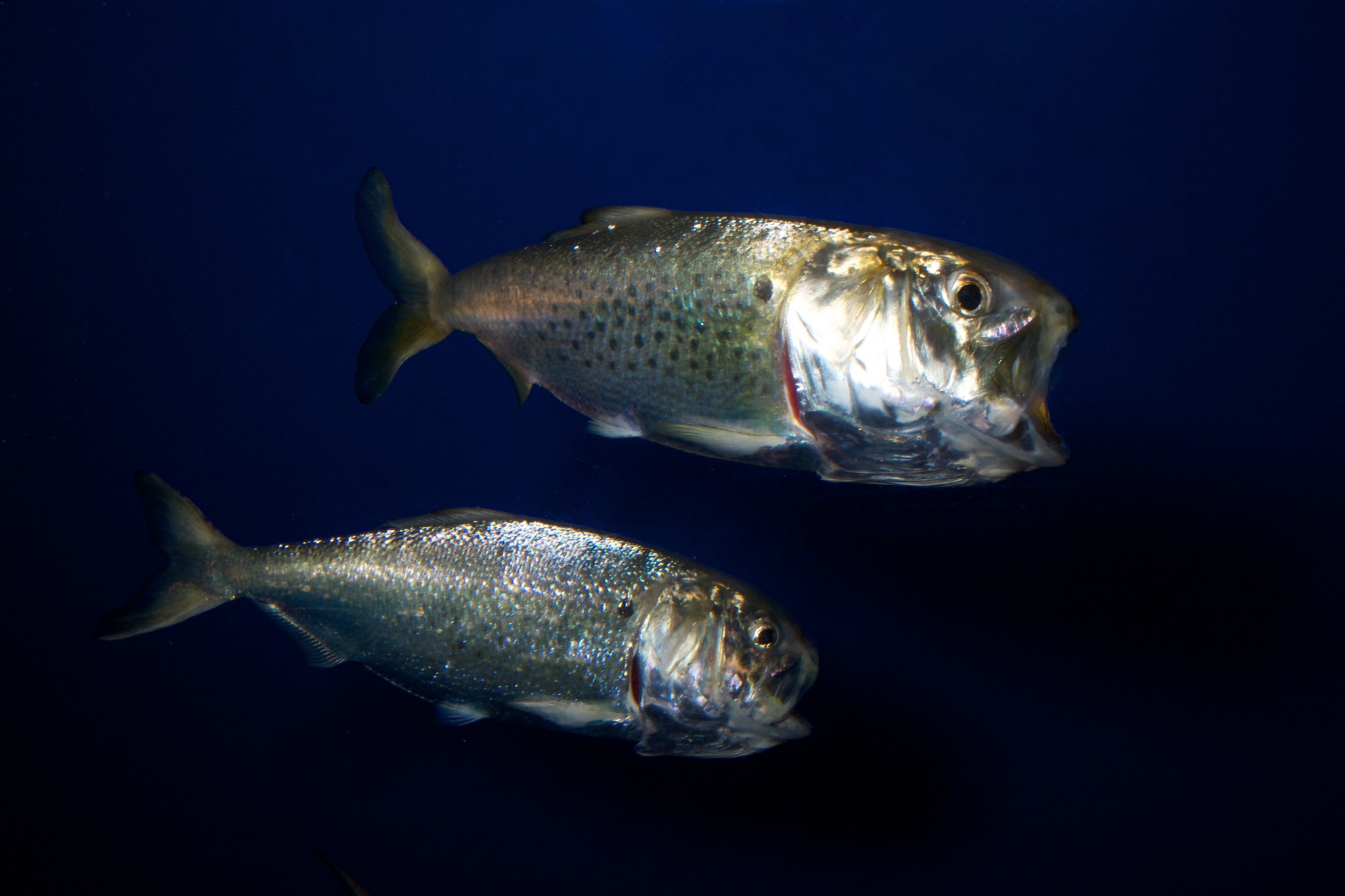
In Riverhead, Long Island the stench of rotting fish is becoming all too familiar. Over the past two months, the Department of Environmental Conservation estimates more than 400,000 Atlantic menhaden, commonly called bunker, have washed up on the shores of the Peconic River – which sits between Long Island’s north and south forks. The culprit: nitrogen pollution.
Bunker are small oily fish that are important forage for striped bass, bluefish, eagles, and osprey. Scientists suspect large schools of bunker are being chased into shallow waters by predatory fish. When they reach the Peconic’s western estuary, they are dying in record numbers due to low oxygen conditions in the water.
This hypoxia – or lack of oxygen – can be traced to algal blooms, which have been occurring at unprecedented levels in the Peconic River, Peconic Bay, and Flanders Bay. US Geological Survey monitoring shows when the sun goes down, algae deplete the water’s dissolved oxygen supplies. During the fishkill, dissolved oxygen levels hovered near zero.
Algal blooms are fueled by nitrogen pollution. A recent Nature Conservancy study found that in Flanders Bay, this nitrogen originates in equal parts from sewage treatment plants, outdated septic systems and cesspools, fertilizer, and atmospheric deposition. Reversing the trend will require upgrading wastewater treatment facilities and curbing commercial and residential fertilizer use.
Some 10,000 pounds of dead bunker were removed from Riverhead in a single week, and many dead fish remain in sensitive marshland. The kill comes on the heels of a diamondback terrapin die-off, which has also been linked to nitrogen pollution. We need to do better.
**********
Web Links
Peconic Estuary Program Advisory
Photo, posted October 15, 2013, courtesy of Brian Gratwicke via Flickr.
Earth Wise is a production of WAMC Northeast Public Radio, with script contribution from the Cary Institute of Ecosystem Studies.
